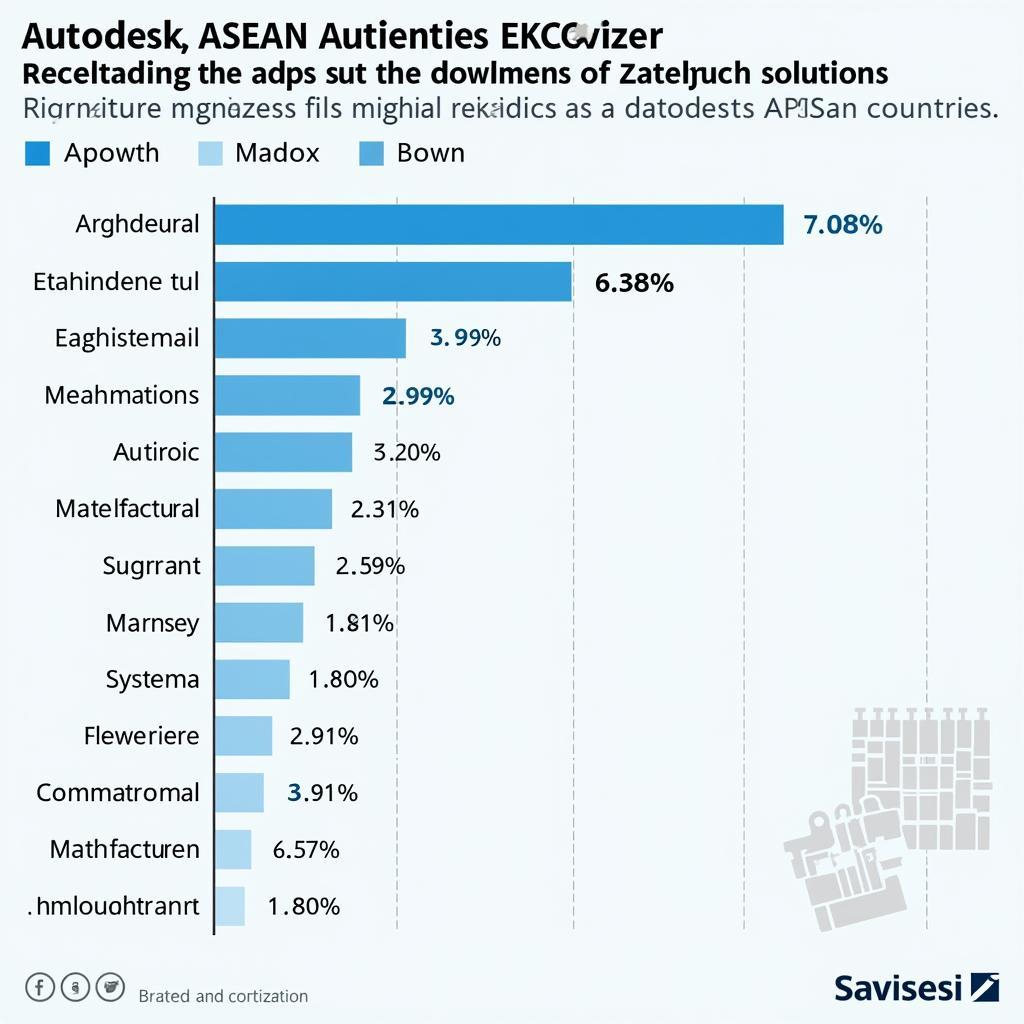The ASEAN cable break has become a hot topic, causing significant disruption to internet connectivity in the region. This event highlights the vulnerabilities of submarine cables, which play a crucial role in global communication. This article delves into the potential causes, consequences, and solutions to address the ASEAN cable break, ensuring a robust and reliable internet infrastructure for the future.
The ASEAN Cable Break: What Happened?
The recent ASEAN cable break, impacting multiple countries, disrupted internet access and caused significant disruptions to businesses and individuals. While the exact cause remains under investigation, several factors could have contributed to this event, including:
- Natural Disasters: Earthquakes, volcanic eruptions, and underwater landslides can damage submarine cables, leading to internet outages.
- Anchor Damage: Ships can accidentally drag their anchors over submarine cables, causing damage and service interruptions.
- Fishing Activities: Fishing trawlers can unintentionally snag cables, leading to breaks or significant disruptions.
- Human Error: Accidental cable cuts during maintenance or construction can cause outages.
- Cyber Attacks: While less likely, intentional sabotage or cyberattacks on submarine cables can also lead to service interruptions.
The Impact of the ASEAN Cable Break
The ASEAN cable break has had a significant impact on the region, affecting various sectors:
- Businesses: Disruptions to internet connectivity can cause significant financial losses for businesses, especially those relying on online operations, e-commerce, and communication.
- Education: Students and educational institutions rely heavily on internet access for online learning, research, and communication. Cable breaks can significantly disrupt education, particularly during critical periods like exams and deadlines.
- Healthcare: Telemedicine, remote diagnostics, and online healthcare systems rely heavily on stable internet connections. Disruptions can jeopardize patient care and access to essential medical services.
- Government Services: Government websites, online services, and communication systems depend on reliable internet access. Cable breaks can impact government operations and citizen access to essential services.
- Social Interactions: Social media, video conferencing, and online communication are essential for people to stay connected. Cable breaks can isolate individuals and communities, impacting social interactions and well-being.
Finding Solutions: Strengthening ASEAN’s Internet Infrastructure
Addressing the ASEAN cable break requires a multi-pronged approach to enhance the region’s internet infrastructure resilience:
- Redundancy and Diversification: Building multiple cable routes and diversifying internet infrastructure can help mitigate the impact of cable breaks by providing alternative paths for data transmission.
- Improved Monitoring and Maintenance: Regular monitoring of submarine cables, proactive maintenance, and early detection of potential issues can prevent disruptions or minimize their impact.
- Advanced Technologies: Implementing advanced technologies like optical fiber amplification, self-healing networks, and intelligent routing systems can enhance network resilience and speed up recovery from outages.
- International Cooperation: Collaborative efforts between ASEAN member states, international organizations, and cable operators are crucial to share best practices, coordinate recovery efforts, and build a more resilient internet infrastructure.
- Investment in Research and Development: Continuous investment in research and development of new technologies and solutions can help improve the resilience of submarine cables and internet connectivity.
“The ASEAN cable break serves as a reminder that we need to proactively invest in a robust and resilient internet infrastructure for the region. This requires a collective effort from governments, businesses, and individuals to ensure seamless connectivity and support the growth and development of ASEAN,” says Dr. Nguyen Van Minh, a prominent technology expert in the region.
Addressing the ASEAN Cable Break: Frequently Asked Questions
1. How long will it take to fix the ASEAN cable break?
The repair time for a submarine cable break can vary significantly depending on the severity of the damage, location, and availability of repair vessels. Repair work could take anywhere from a few days to several weeks.
2. How do I stay informed about the ASEAN cable break?
Stay updated on the latest developments by checking official sources like the news, telecommunications providers, and government websites.
3. Will the ASEAN cable break affect my internet service?
If you are using an internet service provider that relies on the affected cable, you may experience disruptions or slowdowns in your internet connection.
4. What should I do if my internet service is disrupted?
Contact your internet service provider for updates and troubleshooting guidance. You can also try alternative internet connections, such as mobile data or Wi-Fi hotspots.
5. What can I do to help prevent future cable breaks?
Support initiatives that promote the development of a resilient internet infrastructure, such as advocating for investment in redundancy and diversification, responsible fishing practices, and awareness of potential threats to submarine cables.
Conclusion
The ASEAN cable break has highlighted the critical importance of a robust and resilient internet infrastructure for the region. By addressing the causes, understanding the consequences, and implementing effective solutions, ASEAN can strengthen its internet infrastructure and ensure seamless connectivity for its citizens, businesses, and governments. The ASEAN cable break serves as a call to action to prioritize and invest in a future-proof internet infrastructure, paving the way for continued economic growth, social progress, and digital inclusivity in the region.

